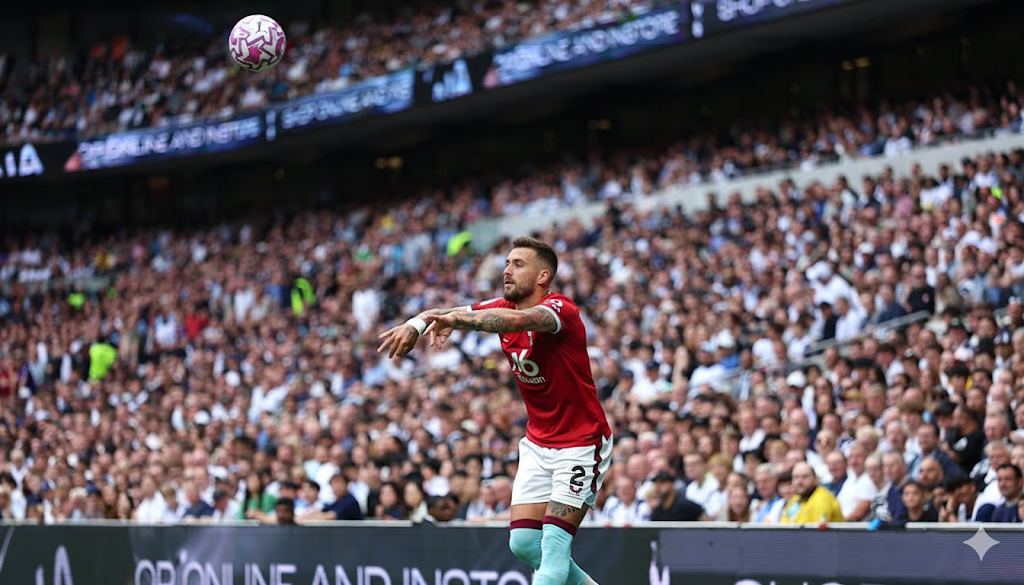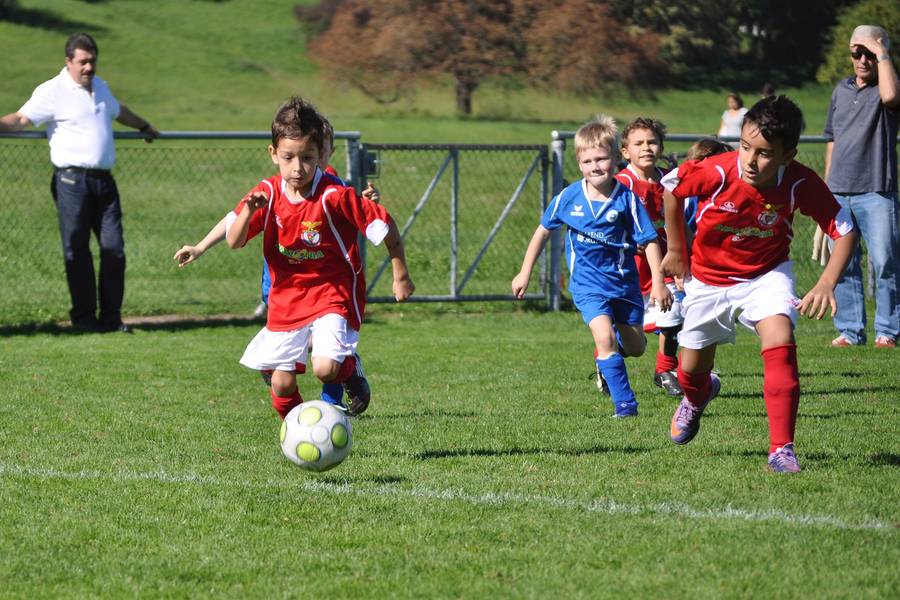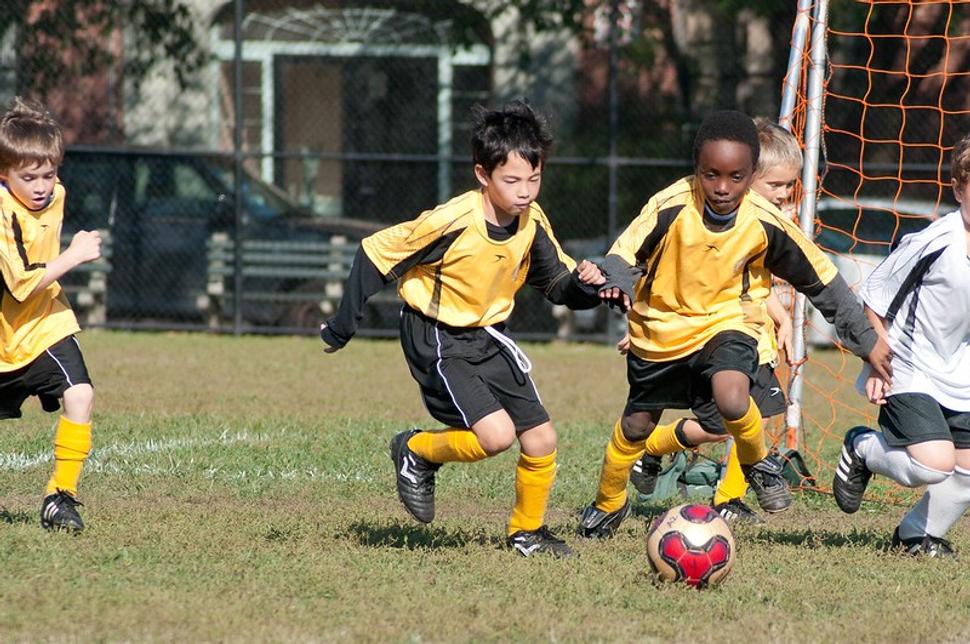Premier League teams in 2025/26 have embraced long throw-ins as an attacking weapon with renewed energy. Current tracking shows that clubs are launching over three long throws per match that travel more than twenty metres into the penalty area, more than double the frequency of just a few seasons ago. Expected Goals from these situations are now measured at 0.09 per game, which is the highest figure on record. For you watching in the stands or at home, that means an increased likelihood of seeing the ball drop into crowded penalty areas and creating unpredictable scrambles that spark genuine excitement.
Analysts credit the surge to high pressing, which gives defenders little time to play short passes under pressure. Sides now prefer the option of bypassing the press altogether with a direct, drilled throw. For example, Brentford’s decision to employ a specialist throw-in coach paid off with measurable gains, with that example encouraging others to follow. In many ways, the trend feels like football has circled back to basics; however, with the sophistication of modern data, it is no longer regarded as a desperate ploy. For supporters, the shift brings a refreshing mix of nostalgia and innovation, reminding you that nothing in football ever truly disappears; it only re-emerges in new contexts.

Possession and the Broader Culture of Risk
Long throws influence the rhythm of possession in surprising ways; rather than being a reckless gamble, they frequently help a team extend attacking sequences. Launching the ball into the box obliges the opposition to pull players deeper, leaving gaps elsewhere. Midfielders can step up to claim rebounds while defenders forced to clear hurriedly often return possession to the attacking side. That means throw-ins, when planned properly, act as possession multipliers rather than turnovers, offering you an extra reason to see them as structured opportunities rather than improvised plays.
Football has always carried a close association with betting, reflecting the game’s inherent uncertainty and calculated risks. Increasingly, that betting culture has expanded into adjacent forms of gaming. The online casino Kinghills exemplifies this diversification, appealing to fans who follow sports betting but also want a broader entertainment experience. Just as clubs diversify their tactical options by adding long throws to their arsenal, fans diversify how they engage with football-related entertainment. For you, the connection is clear: probabilities, strategy and decision-making bind together sport, betting and casinos, with each influencing the way risk and reward are understood.
Measuring the Threat on Goal
The impact of long throws on scoring chances is now impossible to dismiss: last season produced 14 goals directly from throw-in routines, the highest total since the mid-2010s, alongside dozens more indirect opportunities. Brentford generated more than seven expected goals from throws alone, demonstrating how a structured plan can make throw-ins as dangerous as free kicks. In the current campaign, Premier League clubs are already averaging close to one shot per game created directly from a throw-in, which is a higher yield than most wide free kicks from similar positions.
For you as a supporter, the atmosphere shifts dramatically the moment your side wins a throw in advanced territory. The crowd lifts with anticipation, defenders are suddenly on edge and goalkeepers hesitate as the flat trajectory of the ball proves difficult to judge. Coaches craft precise routines with flicks, screens and decoy runs, treating the throw as a playbook moment rather than a restart. That intensity changes how you view a throw-in: it is no longer the dullest restart but a genuine set-piece weapon that can define a match.
Challenges and Tactical Trade-offs
The benefits of long throws are obvious, but drawbacks shape how they are used. Average ball-in-play time this season has dropped to around 54 minutes, a fall of more than two minutes compared with last year. Throw-in routines take time, with players massing in the box and defenders repositioning. For fans who value fluidity, the game can appear disjointed when multiple long throws are attempted in succession. The trade-off lies in accepting slower rhythms in exchange for higher chances of sudden breakthroughs.
Managers also face constraints with squad planning and preparation, where effective long throws demand tall, powerful players who dominate aerial duels, while attackers need timing and sharp reactions to convert rebounds. Recruitment strategies adapt accordingly, placing greater emphasis on physical attributes and versatility. From your perspective, the apparent simplicity of a throw belies an intricate web of planning. Each player has a defined task, no matter if it's shielding the goalkeeper, attacking the near post or positioning for rebounds. Without discipline, the throw-in loses its potency, which is why clubs dedicate entire training sessions to refining this underrated art.
Future Directions for the Premier League
Looking forward, long throws may draw further scrutiny from referees and lawmakers. Discussions are already taking place about whether restarts consume too much time, with throw-ins often cited as a contributing factor. A time restriction on preparation could be introduced, similar to the goalkeeper’s possession rule, compelling throwers to release the ball more quickly. If adopted, this change would radically alter how clubs rehearse routines, limiting the complexity but potentially restoring faster rhythms for fans like you who prefer uninterrupted play.
The most successful teams will be those that balance the raw threat of long throws with other attacking methods, where a side capable of alternating between swift passing combinations, tactical pressing and powerful throw-in routines far more unpredictable than one relying solely on possession. For you, the spectacle carries a dual sense of familiarity and novelty: echoes of Rory Delap’s famous missiles, fused with modern analytics and specialised coaching. As the 2025/26 season develops, the key numbers to watch will be shots from throw-ins, aerial duel wins and goals scored directly from these moments, revealing whether this trend cements itself as a defining feature of the modern Premier League.

















